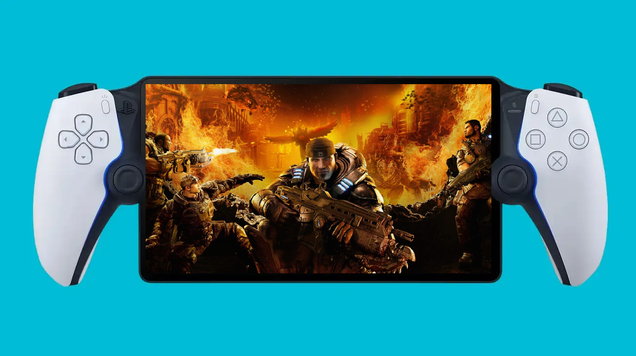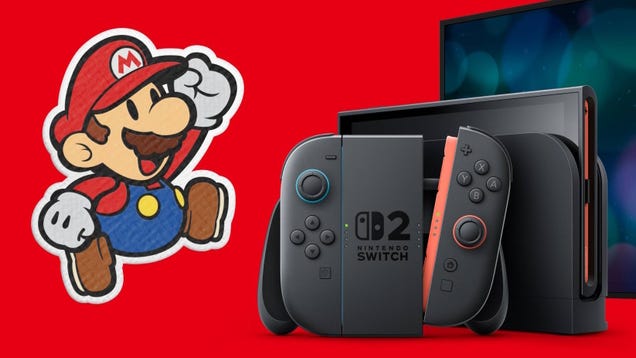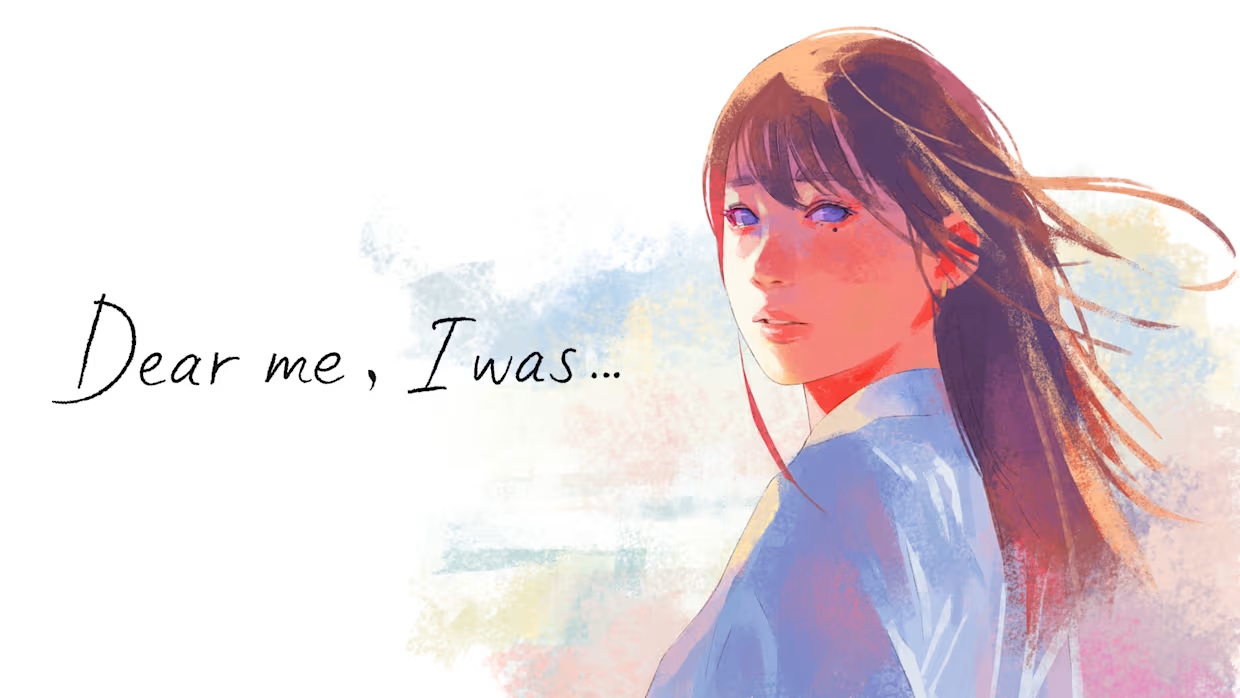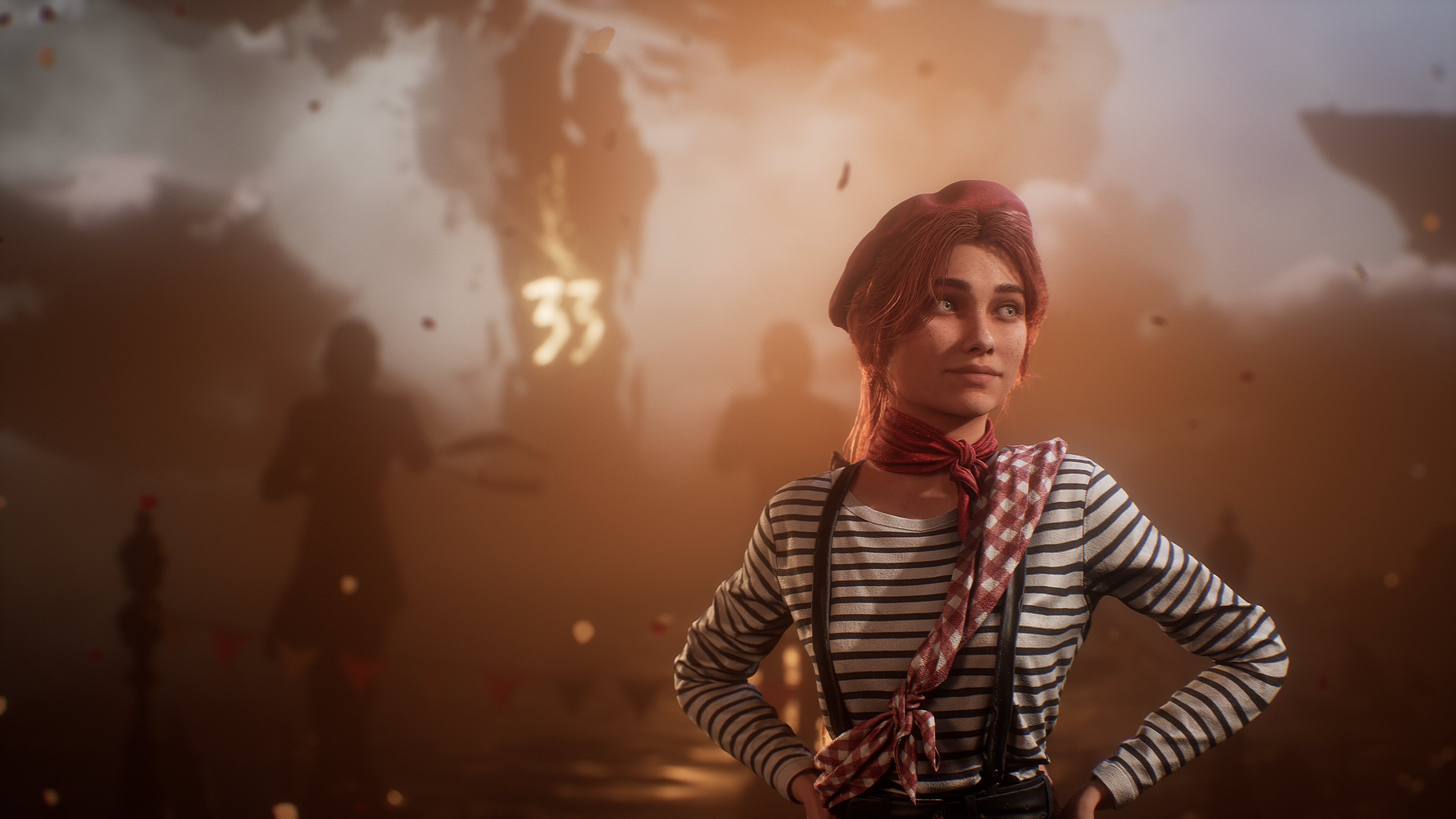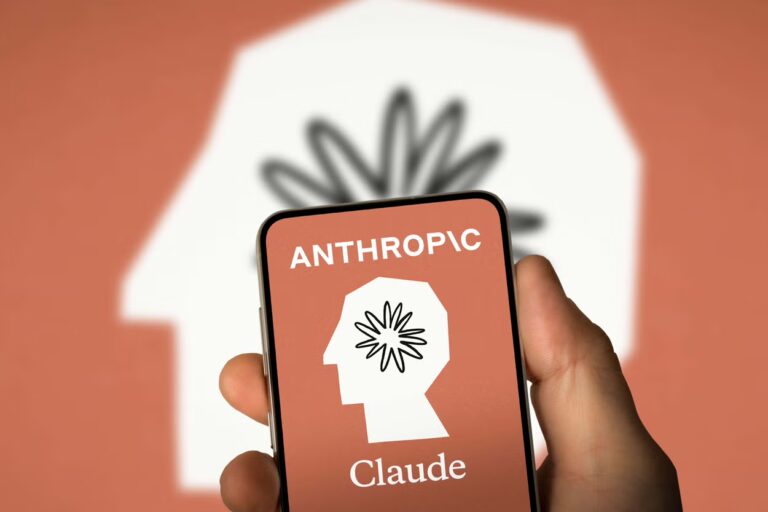Trump's decision to end the tariff exemption for small packages is nothing short of a betrayal to American consumers and small businesses! Starting in September, buyers on platforms like Etsy and eBay will be hit with higher tariffs on goods from abroad. This move not only punishes hard-working individuals trying to access unique products, but it also stifles the very creativity that fuels our economy. Why should we be penalized for wanting to buy from small vendors around the world? This is a blatant attack on free trade and a clear sign that the administration cares more about corporate interests than the everyday American. Enough is enough!
#TariffExemption #SmallPackages #Etsy #eBay #ConsumerRights
#TariffExemption #SmallPackages #Etsy #eBay #ConsumerRights
Trump's decision to end the tariff exemption for small packages is nothing short of a betrayal to American consumers and small businesses! Starting in September, buyers on platforms like Etsy and eBay will be hit with higher tariffs on goods from abroad. This move not only punishes hard-working individuals trying to access unique products, but it also stifles the very creativity that fuels our economy. Why should we be penalized for wanting to buy from small vendors around the world? This is a blatant attack on free trade and a clear sign that the administration cares more about corporate interests than the everyday American. Enough is enough!
#TariffExemption #SmallPackages #Etsy #eBay #ConsumerRights
1 Commenti
·0 condivisioni



